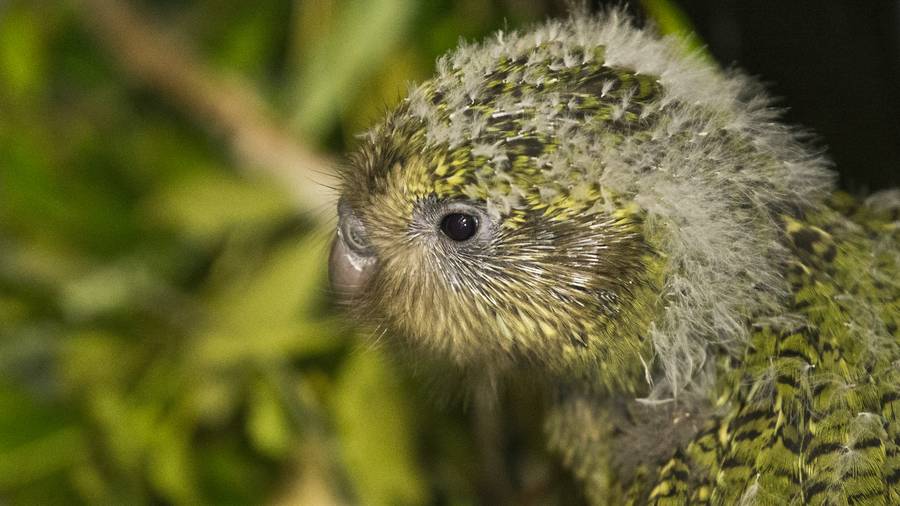Scientists have pointed to a hidden helper in breeding endangered kakapo successfully - hormones in the plants surrounding them.
A new study explores a curious potential link between the critically endangered native parrot and high levels of fruiting by native plants.
Kakapo - now numbering just around 160 - are known to breed only every few years during mast events, when plants produce masses of edible fruit or seeds.
"So there's something happening in those mast years that triggers their breeding," said Victoria University of Wellington's Dr Janet Pitman, who co-supervised the study by PhD graduate Dr Catherine Davis.
It had hypothesised that kakapo require more oestrogen than they can produce themselves to make a fertile egg.
"We know from other studies that oestrogens present in new grass may interfere with reproduction in animals, and we know kakapo seek out fruit from rimu to eat during mast years," Pitman said.
"We believe kakapo get extra oestrogen from their diet during mast years, and rimu and other native plants provide that extra oestrogen that is key to kakapo reproduction."
She and her research team set out to shed light on this potential hormonal link.
"We tested various native plant species for oestrogenic content - and we found that indeed there is a high amount of oestrogen in some of New Zealand's native plants."
They also looked at the receptivity of parrots to oestrogen.
"We studied the genetic makeup of the receptor that is activated by oestrogens in the New Zealand kakapo, kea, kaka, kakariki, the Australian cockatiel, and compared them with those in the chicken."
"We found that all of the parrot species have a unique sequence in this receptor gene that may make them more sensitive to oestrogen, compared to other bird species or humans."
This suggested the oestrogen produced in native trees could provide the link between mast years and successful breeding of parrots like kakapo.
"With further research we're hoping to identify the specific oestrogenic settings in native plants. This information may enable a synthetic model to be produced, so we could potentially use it increase the fertility of our native parrots."
The study, part-funded by co-author Emeritus Professor Ken McNatty's James Cook Fellowship from the Royal Society of New Zealand, has been published in the journal Reproduction, Fertility and Development.

